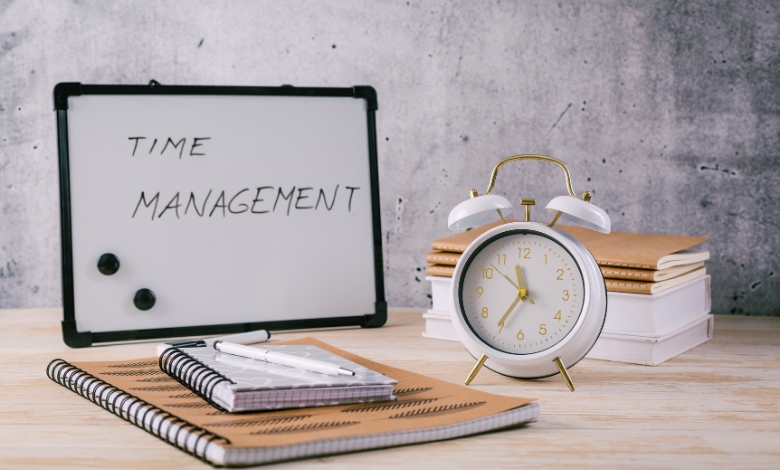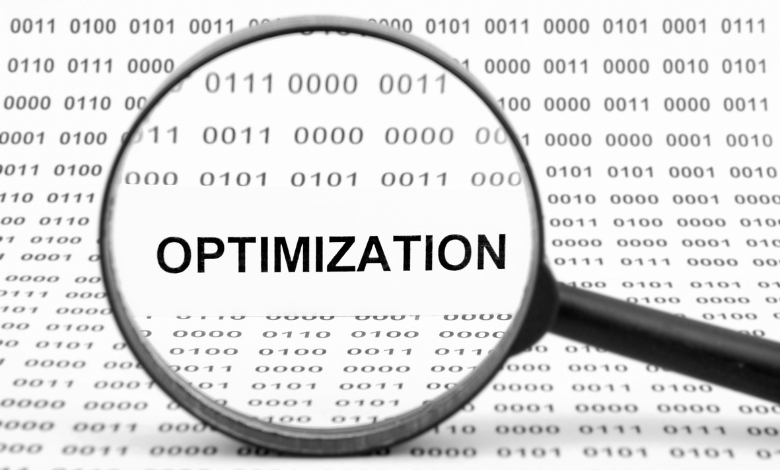How to improve productivity in the workplace? Enhance your productivity at work with these 27 simple tips.
I was always seeking for methods to be more efficient when I first started as a digital marketer. Constant deadlines and loads of multitasking define the bustling digital environment. Real improvement did not show until I received some industry advice. They advised me to prioritize my work, divide chores into smaller chunks, and create well-defined goals. This enabled me to better control my days and prevent burnout. Giving my staff these pointers increased their confidence and drive.
Owning a bookshop had unique difficulties. Staff schedule management, replenishment, and event planning called for meticulous thought. I learned from a local company class how to assign work, simplify processes, and create daily goals. These adjustments strengthened teamwork and made me more effective. We kept great service standards and increased the visibility of our community by arming my staff with these techniques.
Article Breakdown
What is Workplace Productivity?

Workplace productivity is the effectiveness and efficiency with which jobs are finished. It covers employees’ time, energy, and resource management to produce intended results. Productivity is about obtaining real results that help the company to be generally successful, not only about being busy.
Employees in a productive workplace are motivated, concentrated, and able to regularly create excellent work. It’s about optimizing output while cutting lost time and effort. Productive teams may reach goals, satisfy deadlines, and inspire corporate innovation by means of their performance.
Since it immediately affects profitability and competitiveness in the fast-paced company climate of today, employers always search for ways to improve output. Encouragement of a culture of productivity can help companies raise performance standards in every division and eventually result in long-term sustainable development.
Why Productivity Matters for Businesses and Employees?
Productivity is the lifeblood of any successful business. It propels companies towards growth, profitability, and innovation. For businesses, productivity means maximizing output while minimizing input – achieving more with less.
Productivity isn’t just about meeting deadlines; it’s about ensuring that every task adds value to the bottom line. Effective time management and streamlined processes are essential for driving productivity in the workplace.
For employees, being productive translates into job satisfaction and career advancement opportunities. Productive individuals are often recognized for their contributions and rewarded accordingly. Moreover, increased productivity leads to reduced stress levels and improved work-life balance.
Common Productivity Killers In The Workplace
Juggling several chores at once results in less concentration and a lower quality of work. Procrastinating causes lost critical time and hinders project completion. Ineffective meetings become time wasters devoid of a defined agenda or goal.
Excessive noise, nonstop emails, or social media alerts can throw off focus and workflow. Inappropriate roles and duties lead to uncertainty and inefficiencies. Inappropriate instruments or training might hinder development and slow down procedures.
Inappropriate channels of communication lead to misunderstandings and mistakes that might have been prevented by better information exchange.
Let’s start with 27 useful ideas that significantly increase your daily effectiveness.
Goal Setting and Planning

- To have a clear direction and drive, define SMART goals—specific, measurable, achievable, relevant, timely.
- Sort chores according to their urgency and value using the Eisenhower Matrix, therefore enabling you to concentrate on what really matters.
- Create reasonable deadlines to guarantee that chores are finished on schedule free from needless strain or stress.
- Review your development often to keep on track and make necessary changes that guarantee ongoing development.
- Use calendars, whiteboards, or Kanban boards to graph your chores and schedule, hence improving organization and time management.
Time Management

- Set aside particular times for every chore to help to increase concentration and effectiveness.
- Use quick pauses throughout the day to rejuvenate and preserve output.
- Keep meetings short and direct to save time and keep on target.
- Completing any chore that takes two minutes or less right away helps avoid procrastinating.
- Group like chores together to cut context switching and simplify your workflow.
- Focus on one chore at a time to steer clear of the dangers of multitasking and improve the calibre of your work.
Workspace Optimization

- Cut clutter, pointless notifications, or noise from your surroundings to minimize distractions. This can involve configuring your desk to eliminate any objects that might divert your attention, turning off non-essential alarms on your gadgets, and using a quiet room or noise-cancelling headphones to stay focused.
- Keep your workspace comfortable, orderly, and ergonomic. Make sure your workplace is clutter-free and apply storage options to maintain everything in their proper position. To help with proper posture and lower strain, invest in an ergonomic chair and work arrangement. Personalize and make your workstation inviting to increase productivity and improve your general welfare.
Technology and Tools

- Use tech wisely by using apps and workplace productivity tools to improve efficiency and simplify your workflow. These can assist in task management, reminder setting, and tracking of your development.
- Use automation to manage daily chores and free your time for more crucial ones. Automation can handle data organization, email scheduling, and frequent updates—among other repetitious tasks.
Health and Well-being
- Engage in daily meditation or deep-breathing techniques to help with brain clarity and stress release.
- Prioritize consistent exercise, eat a balanced diet, and make sure you receive enough sleep to keep your body and mind in best health.
- Clearly separate job from personal life to preserve a good work-life balance and avoid burnout.
Delegation and Teamwork

- Task assignments should be based on the capabilities of every team member so they may use their particular abilities for best outcomes.
- Share clear job requirements and instructions to help to minimize misinterpretation.
- Frequent team insight and comments help you to grasp their points of view and enhance procedures.
- Create a friendly environment whereby everyone feels appreciated and driven, therefore promoting teamwork and respect.
Self-Improvement and Motivation

- Refine your polite rejection of chores above your capacity to guarantee a reasonable workload and enable the delivery of competent output.
- Frequent industry developments and development will help you to improve your competency in your profession and keep competitive.
- Reward yourself by celebrating your achievements with little treats or breaks to keep inspired and thank you for your diligence.
- Seek out more seminars and training to keep your knowledge and experience sharp.
- To maximize output and work-life balance, routinely go over and change your working practices.
Wrapping Up
Reaching ideal productivity calls for a combined strategy combining goal planning, time management, workspace optimization, good use of technologies, and a dedication to health. From outlining SMART objectives to implementing mindfulness, every advise seeks to simplify procedures and improve effectiveness. Here are three basic guidelines: First, time blocking lets one concentrate on chores free from distractions. Second, applying the Eisenhower Matrix to prioritize goals keeps one in line on what really counts. Finally, using automation and productivity technologies helps to free up valuable time for more critical activities by lowering time spent on regular tasks. These techniques taken together will produce a balanced, effective, and satisfying workplace.



